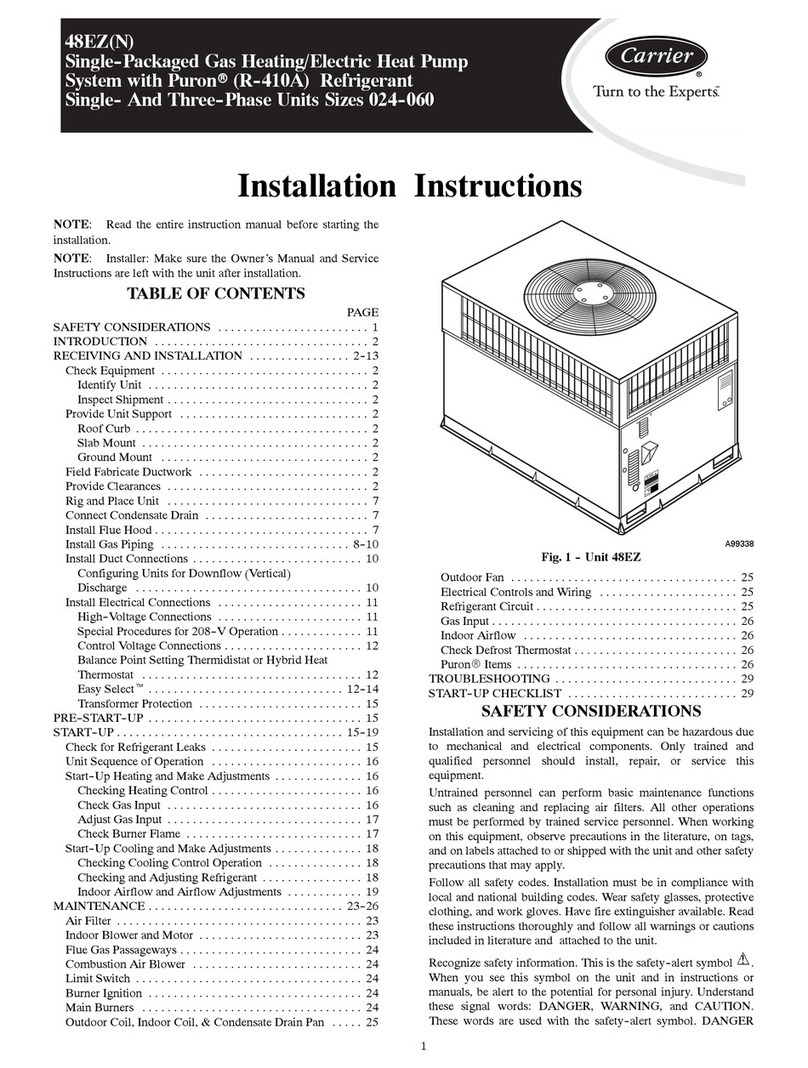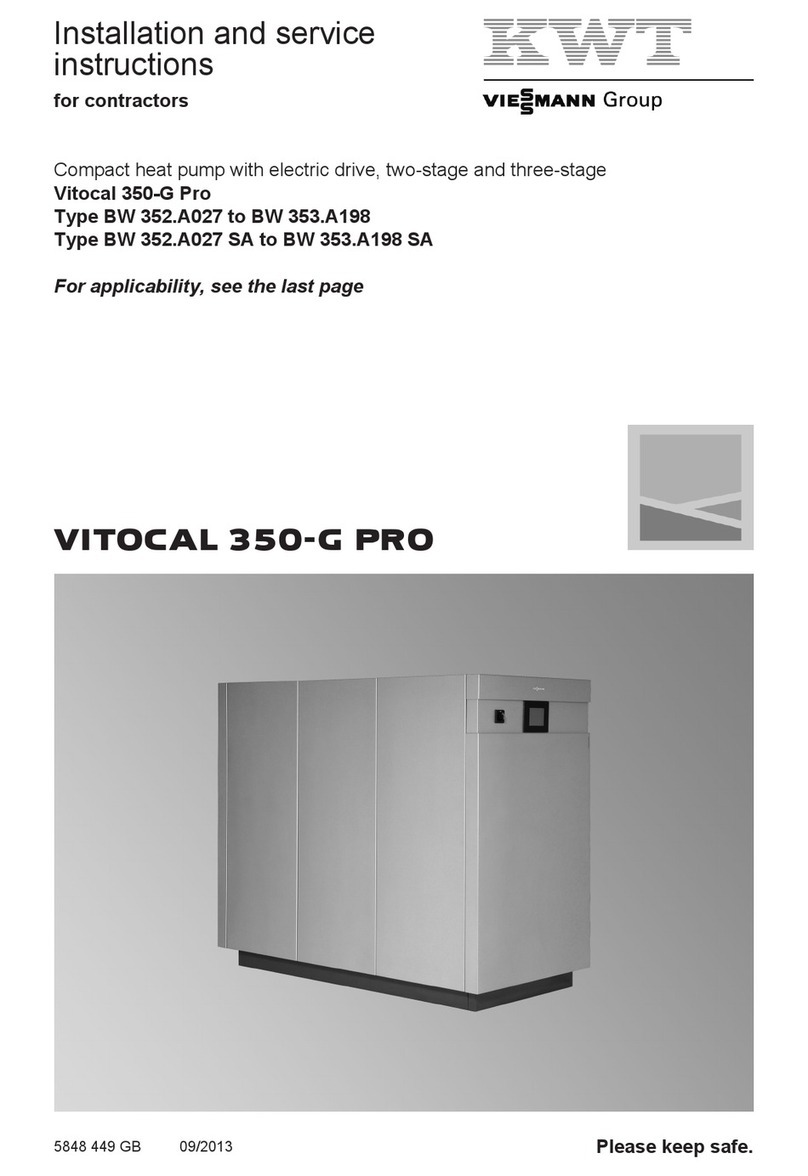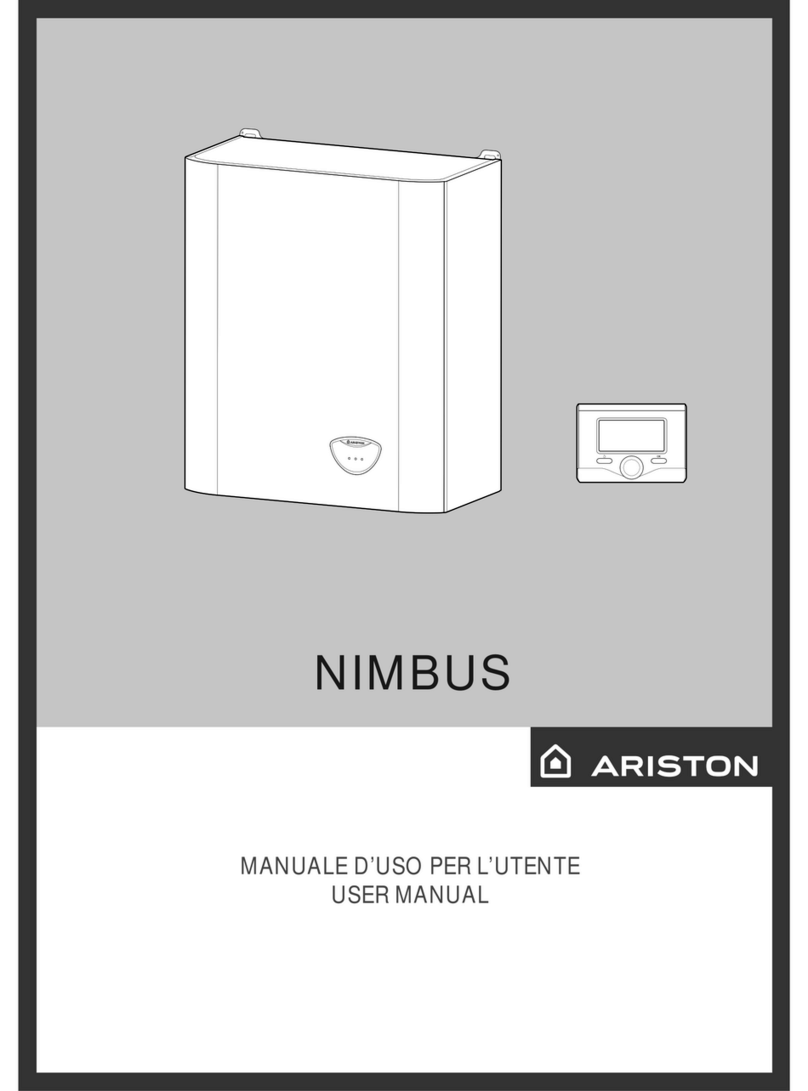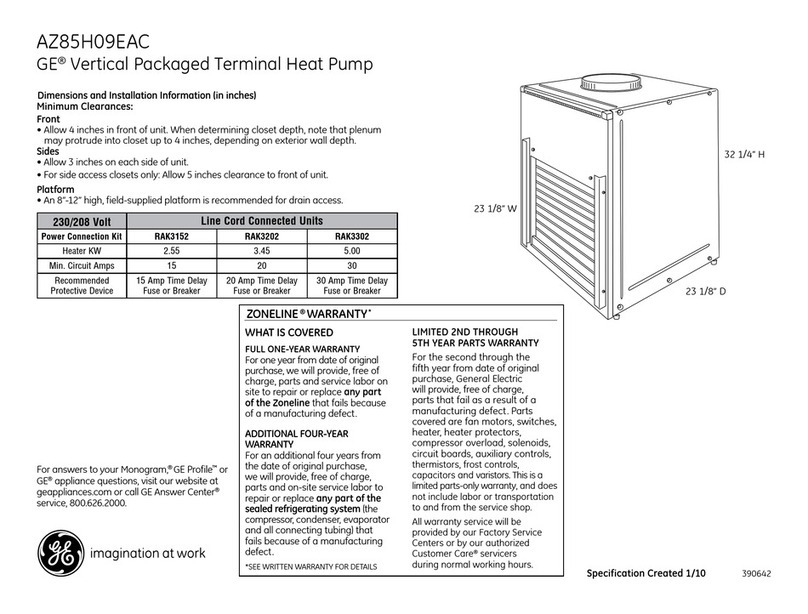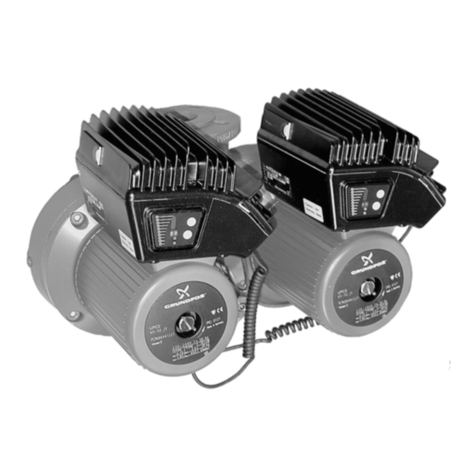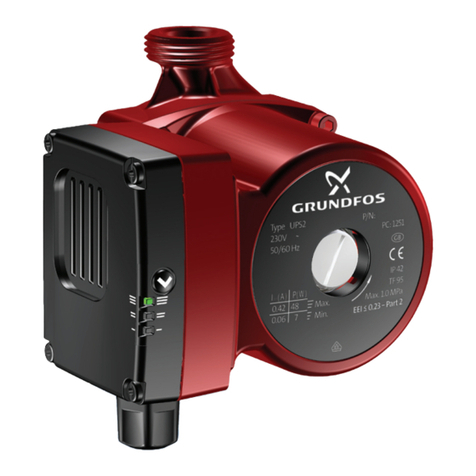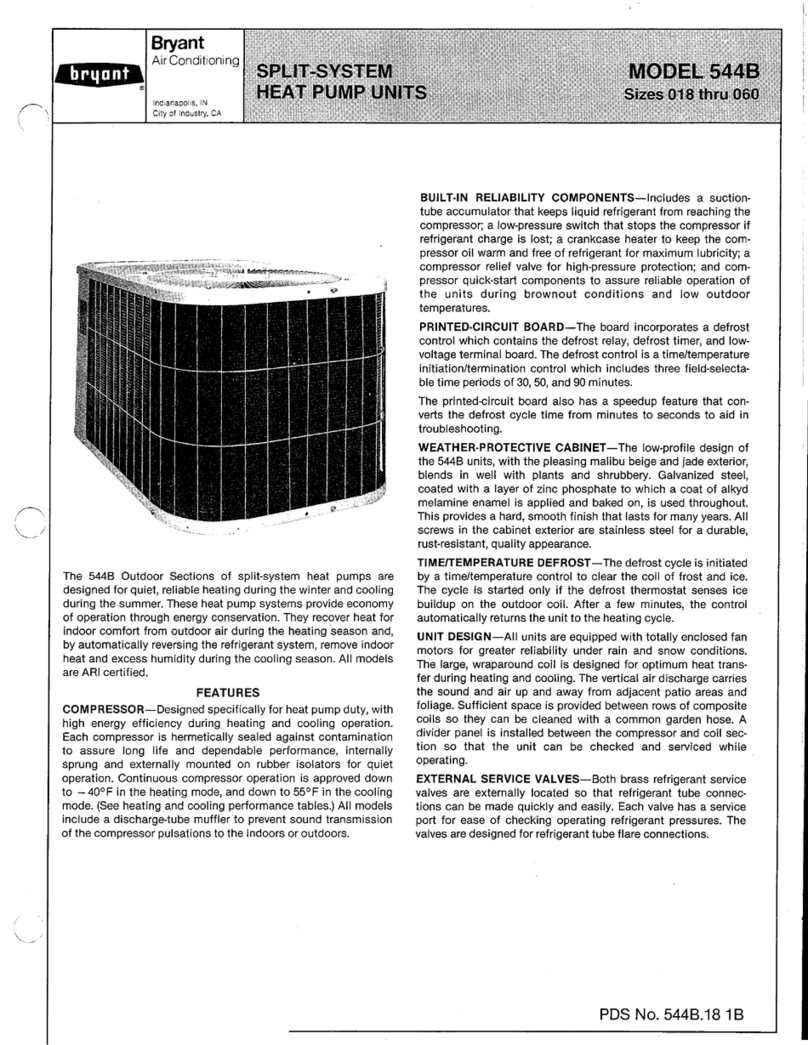
English (US)
2
English (US) Installation and operating instructions
Original installation and operating instructions
CONTENTS
Page
1. Limited warranty
Products manufactured by GRUNDFOS PUMPS CORPORATION
(Grundfos) are warranted to the original user only to be free of
defects in material and workmanship for a period of 24 months
from date of installation, but not more than 30 months from date
of manufacture. Grundfos' liability under this warranty shall be
limited to repairing or replacing at Grundfos' option, without
charge, FOB Grundfos' factory or authorized service station, any
product of Grundfos' manufacture. Grundfos will not be liable for
any costs of removal, installation, transportation, or any other
charges which may arise in connection with a warranty claim.
Products which are sold but not manufactured by Grundfos are
subject to the warranty provided by the manufacturer of said
products and not by Grundfos' warranty. Grundfos will not be
liable for damage or wear to products caused by abnormal
operating conditions, accident, abuse, misuse, unauthorized
alteration or repair, or if the product was not installed in
accordance with Grundfos' printed installation and operating
instructions.
To obtain service under this warranty, the defective product must
be returned to the distributor or dealer of Grundfos' products from
which it was purchased together with proof of purchase and
installation date, failure date, and supporting installation data.
Unless otherwise provided, the distributor or dealer will contact
Grundfos or an authorized service station for instructions. Any
defective product to be returned to Grundfos or a service station
must be sent freight prepaid; documentation supporting the
warranty claim and/or a Return Material Authorization must be
included if so instructed.
GRUNDFOS WILL NOT BE LIABLE FOR ANY INCIDENTAL OR
CONSEQUENTIAL DAMAGES, LOSSES, OR EXPENSES
ARISING FROM INSTALLATION, USE, OR ANY OTHER
CAUSES. THERE ARE NO EXPRESS OR IMPLIED
WARRANTIES, INCLUDING MERCHANTABILITY OR FITNESS
FOR A PARTICULAR PURPOSE, WHICH EXTEND BEYOND
THOSE WARRANTIES DESCRIBED OR REFERRED TO
ABOVE.
Some jurisdictions do not allow the exclusion or limitation of
incidental or consequential damages and some jurisdictions do
not allow limit actions on how long implied warranties may last.
Therefore, the above limitations or exclusions may not apply to
you. This warranty gives you specific legal rights and you may
also have other rights which vary from jurisdiction to jurisdiction.
2. General information
These installation and operating instructions apply to Grundfos
DSS (dosing skid station) systems equipped with Grundfos
dosing pumps.
The proper functioning of a DSS system depends on the following
points:
• correct operation
• regular maintenance
• calibration of the pump after installing the service kit and
periodic re-calibration of the pump
• installation of service kit as recommended by individual DSS
component manuals, ie manuals for dosing pumps, back
pressure and pressure relief valves.
1. Limited warranty 2
2. General information 2
2.1 Type key 3
3. Safety information 4
3.1 Target group 4
3.2 Symbols used in this document 4
3.3 Safety-related symbols on the product 4
3.4 Safety instructions for the user 4
3.5 Unauthorized changes 4
3.6 Safety of the system in the event of product failure 4
3.7 Working with chemicals 5
4. Product introduction 5
4.1 Certificates 5
4.2 Intended use 5
4.3 Improper use 5
4.4 Product overview and dimensions 5
4.5 Standard DSS pipe and instrumentation diagram for 1-,
2- and 3-pump systems 7
5. Technical data 8
6. Transport and storage 8
7. Installation 9
7.1 Electrical connection 9
8. Startup 12
8.1 Calibration 12
9. Operation 12
10. Maintenance 12
10.1 Safety instructions 12
10.2 Maintenance intervals 13
11. Long-term shutdown 13
12. Disposal 13
Warning
Prior to installation, read these installation and
operating instructions. Installation and operation
must comply with local regulations and accepted
codes of good practice.
Warning
Read the installation and operating instructions of
the DSS components (dosing pumps, back pressure
and pressure relief valves, pulsation dampers,
calibration columns and control panels)







